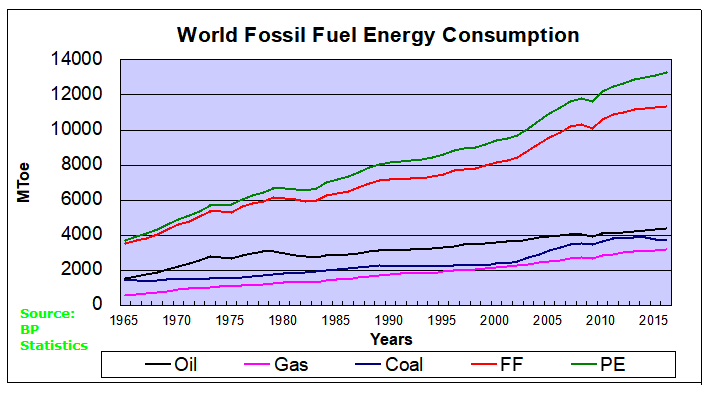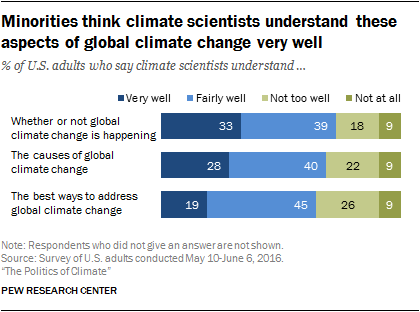The ongoing global crisis emanating from the burning of coal is a critical issue that warrants immediate attention. Coal-fired power generation remains a cornerstone of energy production in many countries. However, its detrimental impact on the atmosphere exacerbates climate change, propelling global warming to alarming levels. This discourse seeks to elucidate the mechanisms through which coal combustion contributes to climate change, examine the multifaceted ramifications of this practice, and explore viable alternatives to mitigate such impacts.
To understand the coal-fired crisis, it is essential to examine how coal functions as a fuel source. Primarily composed of carbon, coal releases substantial amounts of carbon dioxide (CO2) when burned. The combustion process oxidizes carbon in the coal, resulting in the release of not only CO2 but also other greenhouse gases such as methane (CH4) and nitrous oxide (N2O). The accumulation of these gases in the atmosphere forms a blanket that traps heat, contributing to the greenhouse effect and ultimately leading to global warming.
Globally, coal combustion is one of the largest sources of carbon emissions. As energy consumption escalates in developing nations, reliance on coal has surged. This trend is alarming, given that coal-fired power plants emit significantly more carbon dioxide per unit of electricity than natural gas or oil. Moreover, the chemical byproducts, including sulfur dioxide (SO2) and particulate matter, pose grave health hazards. Air pollution from coal plants is linked to respiratory diseases, cardiovascular problems, and premature deaths, demonstrating the dual crisis of environmental degradation and public health.
Regions rich in coal deposits often witness economic dependency on this fossil fuel. The allure of coal as a cheap and plentiful energy source can overshadow the environmental repercussions. Mining operations disturb large swaths of land, leading to deforestation, loss of biodiversity, and soil degradation. Additionally, extraction techniques, particularly mountaintop removal and underground mining, often result in severe ecological consequences, including habitat destruction and water pollution.
As the Earth’s temperature rises due to increased greenhouse gas emissions, the ramifications extend beyond immediate environmental degradation. Global warming affects biodiversity, with many species unable to adapt to the rapid climatic changes. Ecosystems shift, leading to phenomena such as coral bleaching, altered migration patterns, and shifts in agricultural viability. The destabilization of these ecosystems can result in food scarcity and increased human migration, further straining socio-economic fabrics worldwide.
Climate scientists predict that if current trends continue, we could face an increase in global temperatures by 1.5°C above pre-industrial levels as early as 2030. This assessment underscores the urgency of transitioning away from fossil fuel dependence, particularly coal. The Intergovernmental Panel on Climate Change (IPCC) emphasizes that a significant reduction in carbon emissions is imperative to mitigate the worst effects of climate change.
However, transitioning from coal is fraught with challenges. Energy infrastructures built around coal require substantial investment to upgrade or replace with renewable energy sources. Nonetheless, renewable technologies such as solar and wind power have witnessed remarkable advances. These alternatives not only reduce greenhouse gas emissions but also promote energy independence and job creation in sustainable sectors. The implementation of energy efficiency measures and grid modernization can further enhance the effectiveness of these renewable systems.
Moreover, government policy plays an instrumental role in facilitating this transition. Enacting regulations that limit carbon emissions, setting ambitious targets for renewable energy adoption, and providing incentives for clean technology development can significantly accelerate the shift away from coal. A concerted international effort is essential, as climate change knows no borders. Collaborative agreements, such as the Paris Agreement, emphasize collective action towards reducing greenhouse gas emissions globally.
Public awareness and grassroots movements can also drive significant change. Increasing education about the impacts of coal on global warming and air quality can galvanize communities to advocate for renewable energy solutions. Local organizations and activists often spearhead initiatives to lobby for clean energy policies, reflecting a growing trend towards sustainable practices among the populace.
Lastly, it is pertinent to consider the role of energy conservation. Reducing energy consumption through more efficient technologies—such as energy-efficient appliances, improved insulation in buildings, and innovative transportation solutions—can diminish the overall demand for coal-powered electricity. A societal commitment to diminishing consumption and fostering a culture of sustainability is indispensable for achieving significant reductions in carbon emissions.
In conclusion, the coal-fired crisis presents an urgent challenge to global environmental stewardship. The combustion of coal not only propels global warming but also endangers public health and destabilizes ecosystems. Transitioning away from coal and adopting renewable energy sources, coupled with conscientious policy reforms and heightened public awareness, can mitigate the adverse effects of this combustible fossil fuel. The transition towards a carbon-neutral future is not merely an environmental imperative but a prerequisite for ensuring the planet’s integrity for future generations.








